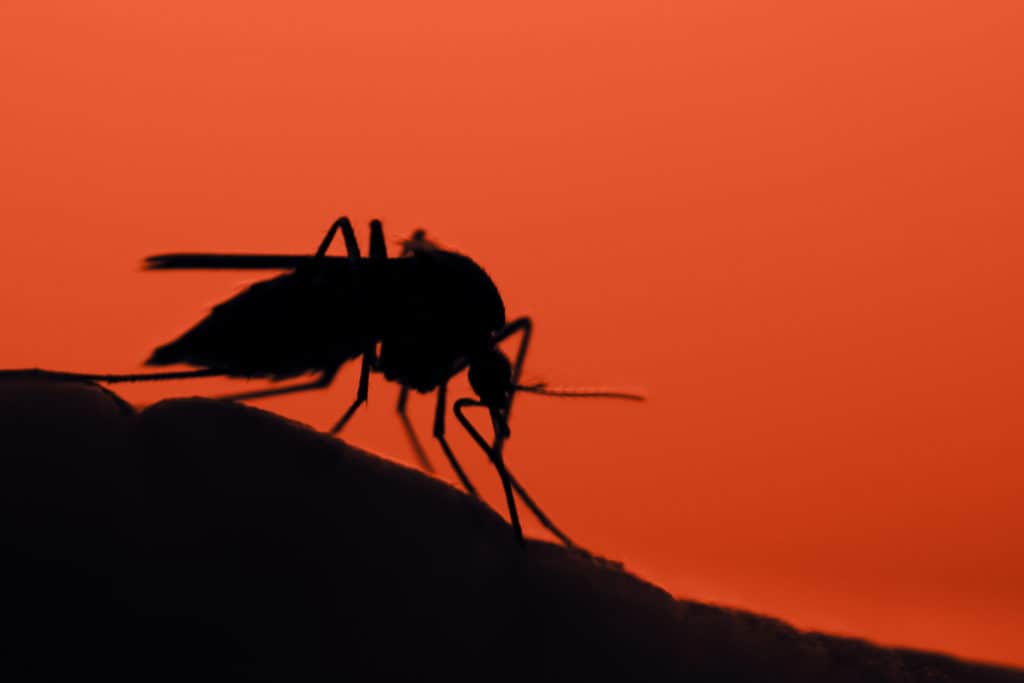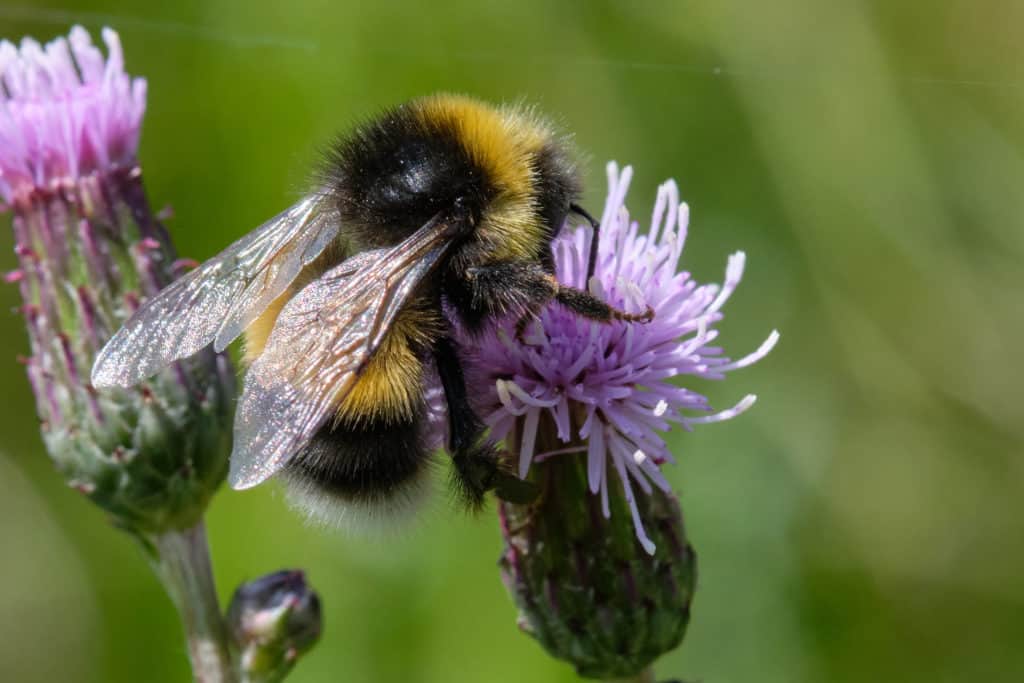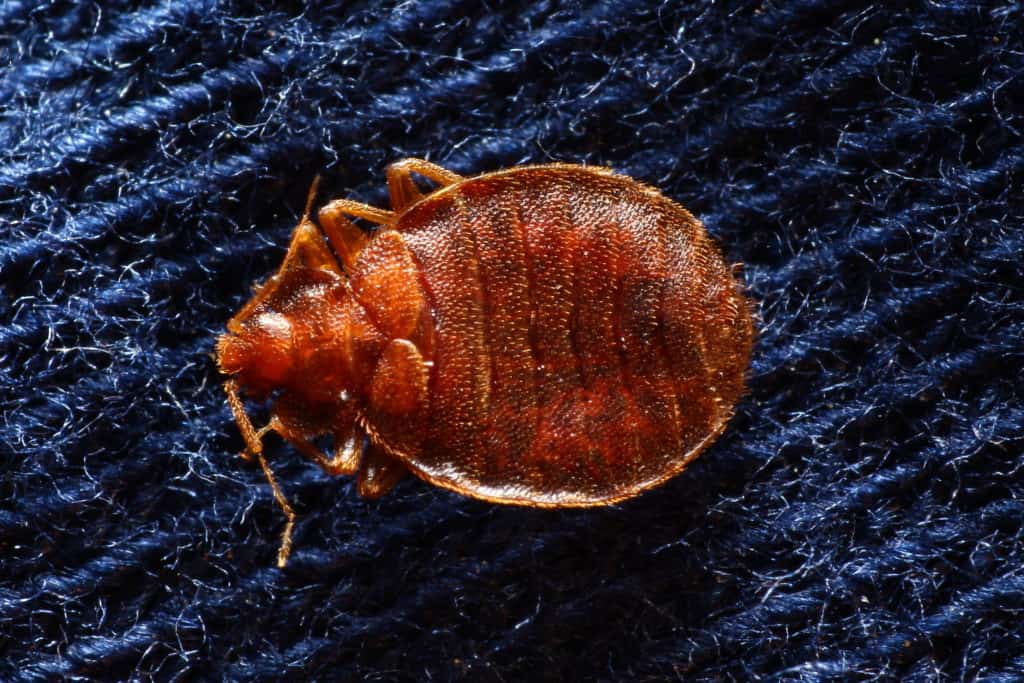Insects Have Favorite Colors
Insects Have Favorite Colors
The Discovery of Color Preferences in Insects
Before we could even discover that some insects preferred one color over others, we first had to figure out if insects could, in fact, see the same visible range of colors that we do. Karl von Frisch, a German Nobel Prize winner and Ethologist, was one of the first scientists to ever prove this phenomenon to be possible with bees. He demonstrated that he could train bees to fly to different specified colors using a sugary treat. Even when the treats were removed and the colors were moved around, the bees identified the “reward” colors and would fly to them.
Wasps have also been proven to be able to identify a wide variety of colors. This ability is so clearly strong for them that it was even used in laboratory tests to prove that wasps possess an ability to use the logic of transitive inference.
Fruit flies, water fleas, moths and many more insects have also all displayed the ability to perceive colors. But with that perception is there also a preference? Is seems odd to assume that an entire species might have a preference of one color over another, but there are a few cases where that appears to be true.

Mosquitos
Studies conducted starting in the 1900’s have time and time again found that mosquitos prefer to land on dark colored surfaces. Rather than being an outright preference, this is assumed to be because of their aversion to excessive light. Lighter colors like white are very reflective, bouncing light, while darker colors like black absorbed the light. In fact, in laboratory tests, it was found that mosquitos preferred black, red and blue the most as opposed to lighter hues such as tan, yellow, and white.

Bumblebees
A study published in the scientific journal PLOS One, revealed that one of the most common bumblebees have a clear predilection for the color violet. Buff-tailed bumblebees (Bombus terrestris) were exposed to different colored fake flowers. The bees seemed to innately gravitate towards the violet colored flowers, even when presented with similar blue tones. The study was then extended into their natural habitat, where the bees were allowed to select from different colored real flowers. Once again, their preference was clear – the violet flowers won the floral popularity contest.
Upon further investigation, the scientists discovered that the preferred flowers were producing far more nectar than the other colored flowers. The second most popular color with the bees, blue, even paled in comparison to the amount of volume of nectar produced by the violet flowers. This discovery suggests that insect color preferences may be developed over time and across generations, and is directly related to their access to nutrition. Nigel Raine, an evolutionary ecologist and researcher at the University of London describes the phenomenon as an “inbuilt sensory bias,” and states that it can have great social and evolutionary advantages for bees, as well as any other species that shares the phenomenon.

Bed Bugs
Entomologist Corraine McNeill of Union College, Lincoln Nebraska has studied bed bugs and their color preferences in depth. Her study, which was published in the April 2016 issue of The Journal of Medical Entomology found that, similar to mosquitos, bed bugs have both color preferences and color aversions. While nymphs, the adolescent forms of bed bugs, do not possess very good eyesight and therefore do not respond to different colors, the adults display clear opinions. These vampiric pests prefer two very “vampiric” colors: black and red.
The theories behind their preferences for black is rather simple. Bed bugs are masters of hide-and-seek and actively look for dark places to conceal themselves. Black, being the darkest of all colors, simulates this exact kind of environment, encouraging bed bugs toward it in a pursuit for concealment.
While it seems like their attraction to red would be equally as simple, relating to the fact that they require sanguine meals to survive, however, this is actually not thought to be the case. McNeill explains that when bed bugs are searching for a meal, they’re not searching for red, because our blood is inside and therefore, they cannot see it prior to biting. Rather, they utilize other indicators to find their victims, including heat, CO2, and the presence of other bed bugs. The later of these indicators may be the actual reason bed bugs like red. Naturally, the adults are colored a particular reddish-brown hue, and, as such, red colored items may look to them like something that is covered in other bed bugs, urging them to gravitate towards the color.

Citations
Choi, C. (2007) Bees Have Favorite Color, LiveScience. Available at: https://www.livescience.com/1643-bees-favorite-color.html (Accessed: August 2020).
Frank, M. (2018) A Fly’s Favorite Color, Harvard University Graduate School of Arts and Sciences. Science in the News. Available at: https://sitn.hms.harvard.edu/flash/2018/flys-favorite-color/ (Accessed: August 2020).
Frisch, Karl von. 1956. Bees: Their Vision, Chemical Senses, and Language. Ithaca,
N.Y., Cornell University Press.
Guesgen, M. (2019) 5 Things That Make You a Mosquito Magnet, YouTube. SciShow. Available at: https://www.youtube.com/watch?v=j6MrN9o0BfA (Accessed: August 2020).
Karl von Frisch (2020) The Nobel Prize. Nobel Media. Available at: https://www.nobelprize.org/prizes/medicine/1973/frisch/facts/ (Accessed: August 2020).
Main, D. (2016) Bedbugs Could Be Attracted to the Color of Your Sheets, Newsweek. Available at: https://www.newsweek.com/bedbugs-could-be-attracted-color-your-sheets-452207 (Accessed: August 2020).
Termites Are Awful Winter Pests – Here’s Why
Termites Are Awful Winter Pests – Here’s Why Termites Are Awful Winter Pests – Here’s Why Summary: Termites can remain active through winter [...]
How to Maintain a Pest-Free Kitchen for the Holidays
How to Maintain a Pest-Free Kitchen for the Holidays How to Maintain a Pest-Free Kitchen for the Holidays Summary: This blog educates homeowners [...]
Pests That Invade Packages & Boxes: How to Prevent Hidden Infestations
Pests That Invade Packages & Boxes: How to Prevent Hidden Infestations Pests That Invade Packages & Boxes: How to Prevent Hidden Infestations Summary: [...]
Keep Pests Out of Your Holiday Gatherings
Keep Pests Out of Your Holiday Gatherings Keep Pests Out of Your Holiday Gatherings Summary: The holiday season is all about good food [...]
Cold Weather vs. Warm Weather Infestations: How Temperature Shapes Pest Activity
Cold Weather vs. Warm Weather Infestations: How Temperature Shapes Pest Activity Cold Weather vs. Warm Weather Infestations: How Temperature Shapes Pest Activity Summary: [...]
Garden Pests Do Not Hibernate Indoors – How They Attack Houseplants And What To Do
Garden Pests Do Not Hibernate Indoors – How They Attack Houseplants And What To Do Garden Pests Do Not Hibernate Indoors – How They Attack [...]

